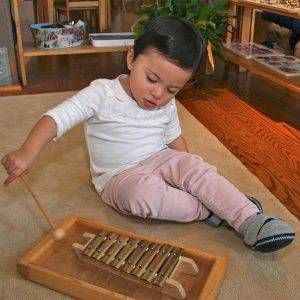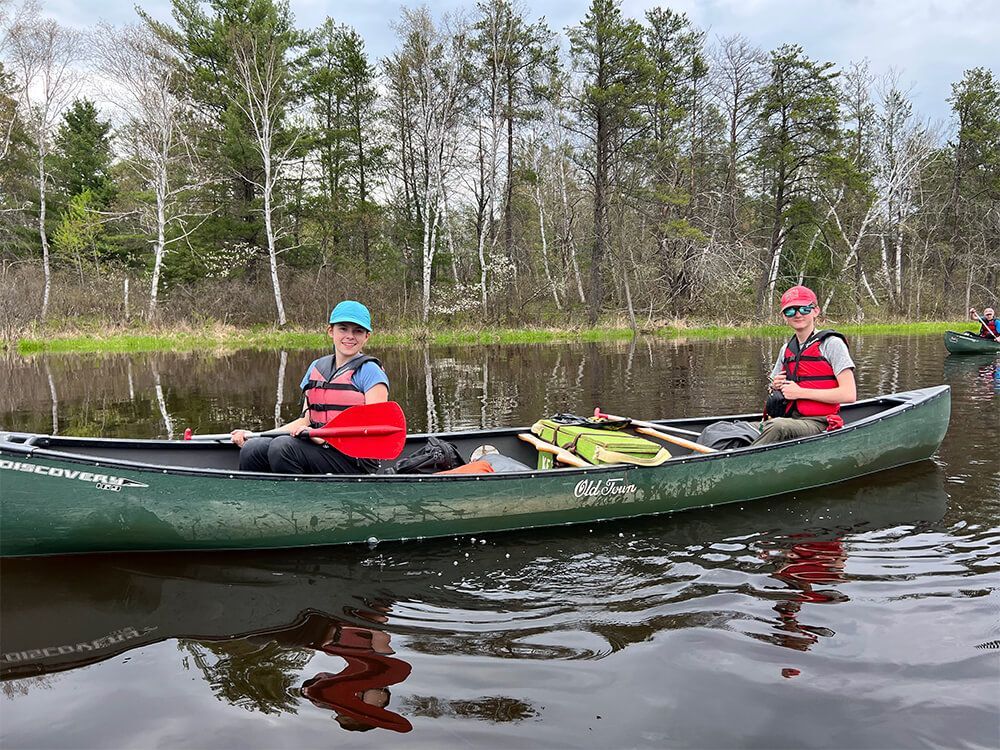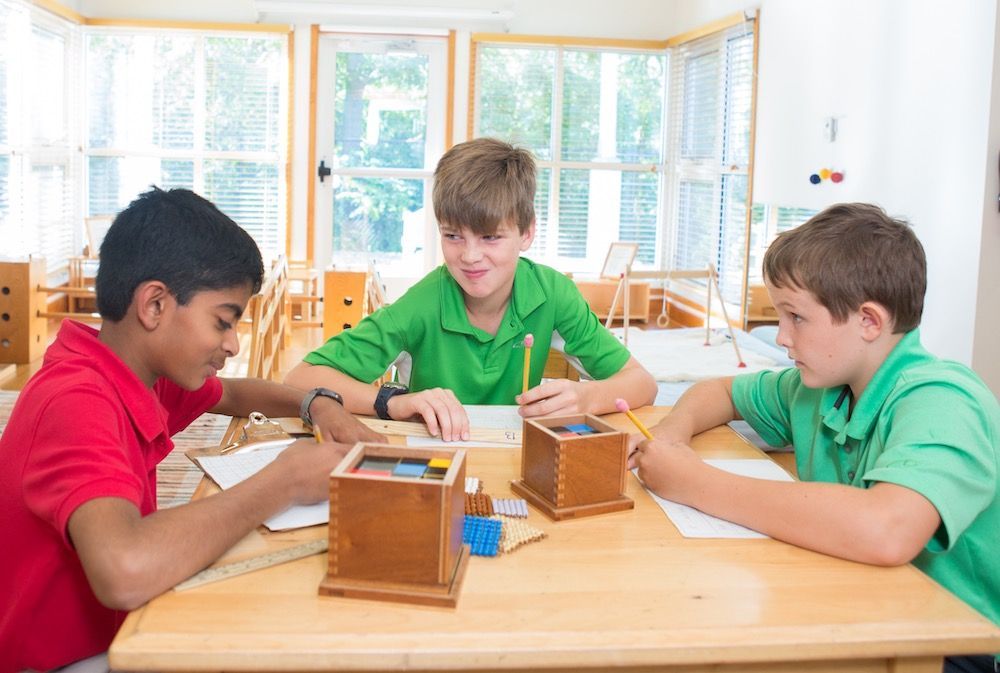
Young children in their first explorations of the world about them with their eyes, then their hands and brains working together and finally their whole bodies in coordinated movement, are overwhelmed when they are living in, what is for them, an environment of confusion and disorder. Sometimes such a situation is unavoidable and human beings throughout our history have shown resilience in the worst of circumstances. However, in our affluent societies throughout history we have created environments of confusion and disorder for young children unwittingly by too much stimulation and overabundance of sight and sound. The Internet world is replete with enticing “educational” toys and technological devices marketed as giving one child an advantage over another. In truth, Montessori principles of “less is more” and “beauty lies in simplicity” are better guides for establishing the home that will best serve the inner lives of our children.
We don’t want overabundance for our children in our homes (or schools) but it is important that what we do give to them represents the best of our culture and human history – in other words, the best of the human spirit of others. Montessori, for example, in her first International Course in Rome in 1913 when participants in the age of steamship and railroad travel came from as far away as Japan, Australia, the Argentine Republic, India, Turkey, Russia, the United Kingdom, Canada and the United States, to name a few, arranged that they would spend the entire first week of the course, not learning about her revolutionary observations of children but discovering the heritage of Rome, guided by the leading experts of the day in every field from archeology to music to art and architecture. Montessori herself was very much a Renaissance person and she recognized that giving the best of our heritage to our children was necessary for them to develop gratitude and appreciation of human beings of the past and their contributions to human progress and civilization.
In our homes today it is important to surround our children with the classics of our culture, the music and art and literature that have stood the test of time. We can have audio recordings of Bach and Mozart, prints of Rembrandt and Renoir paintings, the plays of Shakespeare and children’s classics for reading to our children – just a sample of each at a time so as to create awareness without saturation. At the youngest ages there is an unconscious absorption for the children but in the elementary years this early exposure at home plants “seeds of interest” and provides a foundation for later visits to the symphony hall, art museum or theater for live performances of plays and classical ballet. And, those of us of a mixed background might want to discover more about our heritage, and could go now to start beginning that journey, possibly opening up a whole new culture and wealth of experiences for our children.
Having said all of this, I want to caution us as Montessori parents. Beware of grandiose thoughts and plans for children! Those of us in the United States today live in the most affluent country and time in human history. There is danger in our expectations of our selves, of our children, of our spouses, friends and colleagues. As much as at any time in human history, it is essential that we accept our selves and others as the flawed human beings that we are. This is what we are meant to be, not some social media image, dressed up for Facebook, falsely portrayed to the world for its approval.
We are spiritual beings on a journey, in Montessori’s words, of the “development of our inner lives.” It is out of this journey, where abstract thought, ideas and imagination originate, that all creative endeavor and human progress come. If we, as parents, concentrate on the “development of our inner lives,” we will naturally set the stage for our children’s path to independence from their birth to maturity at 24 years. If we do this, we can be certain that when our children’s time of trial in adulthood comes – as it eventually does to all of us – they will make it through.
I want to close with quotes from a final paragraph in one of John Snyder’s chapters in Tending the Light:
“Our job is to help children build a ladder that they can climb from infancy to adolescence; once there, their maturation to adulthood requires that they throw away the ladder we so carefully constructed together. Nothing is permanent about the elementary child, so we guides must fall in love with change. Maybe we shouldn’t speak of throwing away ladders. Maybe we should say, Give a child a ladder and they will climb to the next grade. Teach the child to build their own ladders, and they will climb to the stars.”


